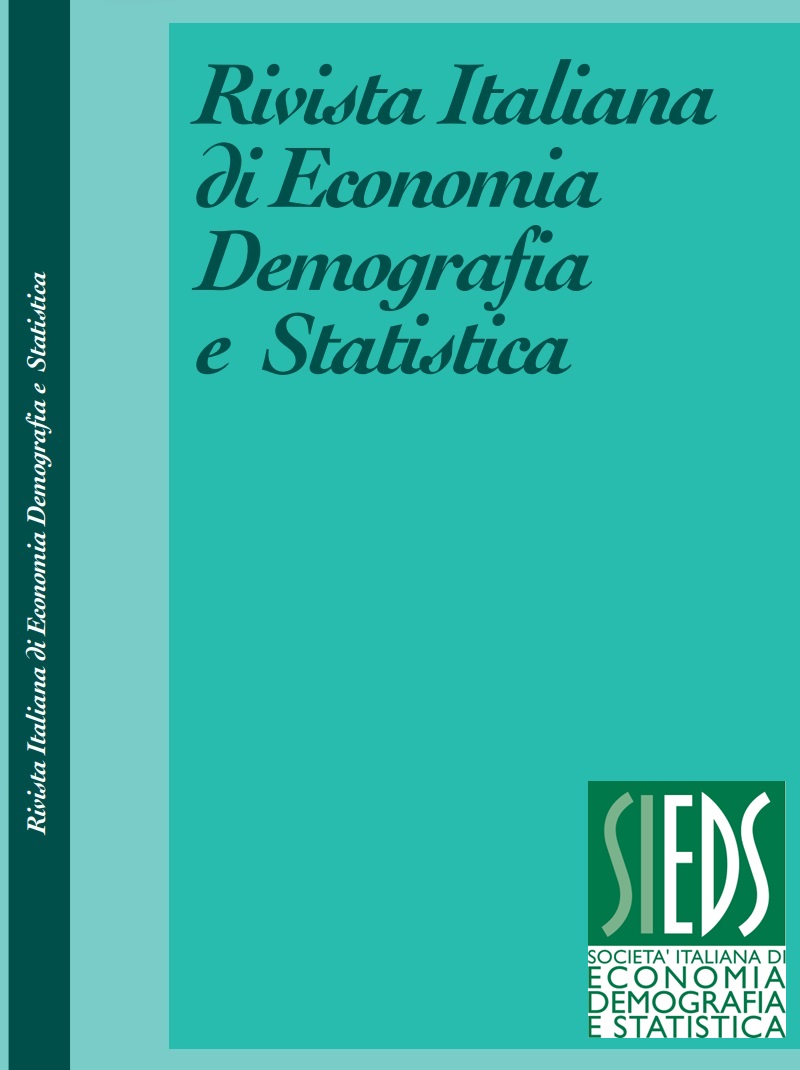The geography of ageing, causes, effects and free reflections
DOI:
https://doi.org/10.71014/sieds.v77i2.169Abstract
According to the most recent forecasts, the current 14 million over-65s in Italy could increase by another 5 million in the next twenty years. Even considering further gains in survival, with the possible moving forward of the thresholds for access to old age, the absolute growth in the number of elderly people would persist until mid-century, even if in terms of percentage the hypothetical (and justifiable) change in the definition of "who is elderly" would lead to a strong deflation of the intensity of the so-called "demographic aging". At the basis of this phenomenon, however it is measured, there are three factors: the first is the rapid and intense birth rate decline, which deprives the country of significant flows of new youth and narrows the age pyramid from the bottom; the second concerns the increased ability to survive until old age and the third refers to an age structure which, powered by the very numerous contingents of births in last decades, presents itself with a strong component of subjects of "mature" age, destined to soon give rise to impressive inflows into the universe of the elderly. As for the effects of demographic aging on the Italian population, the undoubtedly most problematic aspects refer to its impact on two fundamental areas of society and the welfare system: healthcare and pensions. Finally, it should be highlighted that, as a result of the transformations in terms of size and age structure, in three decades the Italian population is facing a loss of future perspective which will overall be equal to 415 million years of life (on average 13.8 million lost every year) and which will also manifest itself clearly at a per capita level: from the 38.4 years of expected life for each resident in 2023 to the 34.6 that on average will be attributed to those in 2053.
Downloads
Published
Issue
Section
License
Copyright (c) 2023 Gian Carlo Blangiardo

This work is licensed under a Creative Commons Attribution 4.0 International License.



